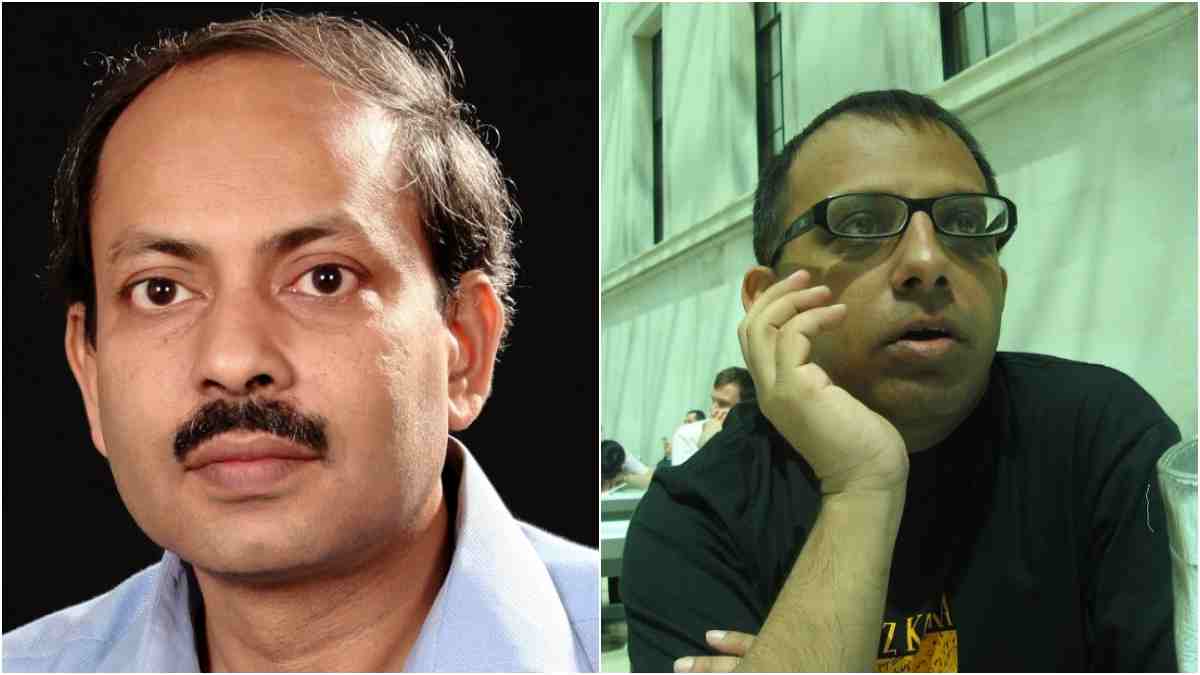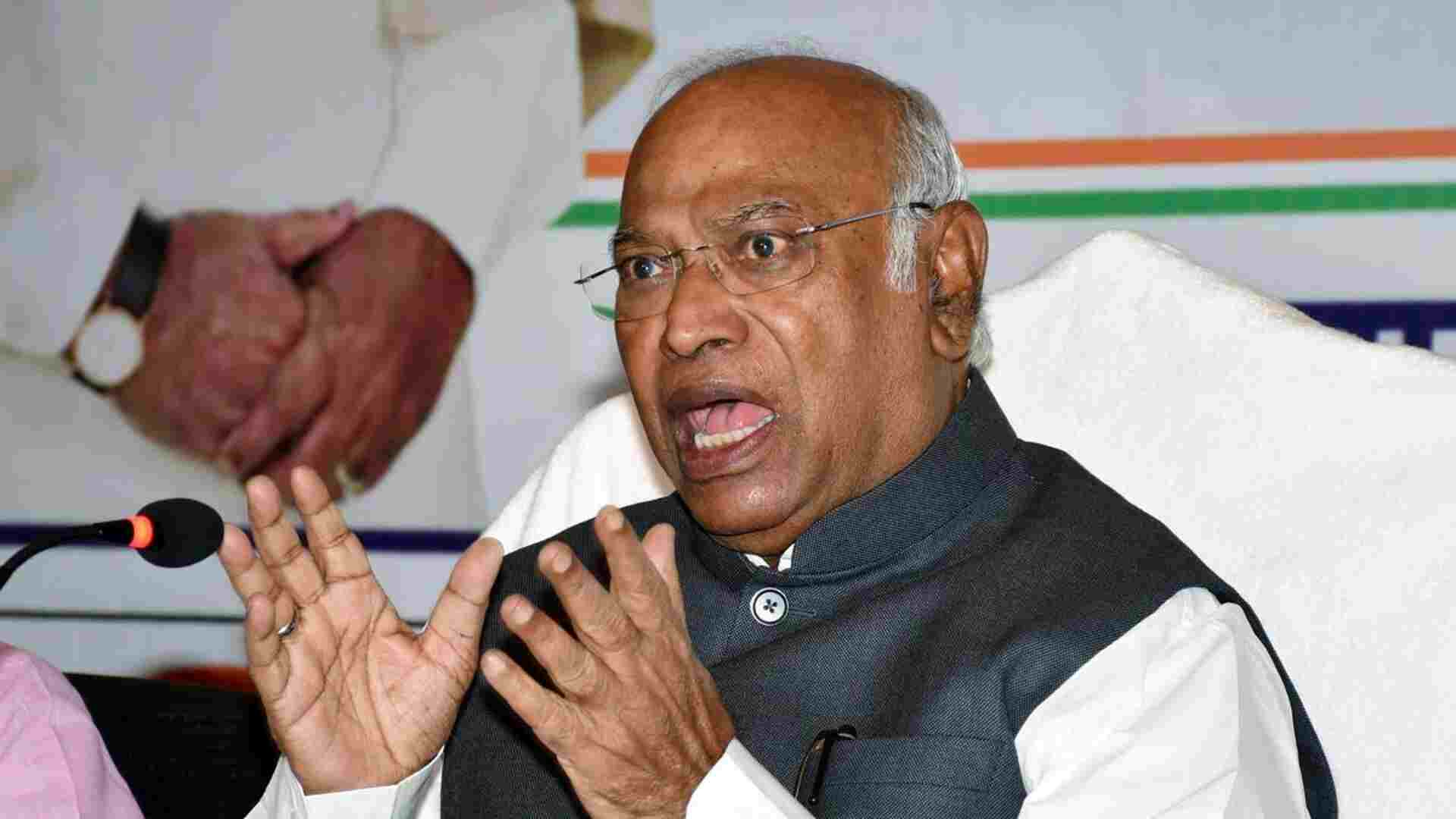

As one treads through the pages of Ashoke Mukhopadhyay’s A Ballad of Remittent Fever, the reader finds himself walking in the lanes of a plague-hit Bengal of the 18th and the 19th century. After presenting struggling physicians of the old Bengal combating a disease with saline solution, Mukhopadhyay introduces the reader with the family of Dwarikanath Ghoshal whose four generations, despite all odds, are trying to inculcate scientific temperament in the society.
Originally written in Bengali Abhiram Jworer Roopkatha, this novel has been translated into English by Arunava Sinha. This book becomes important and interesting in the times of the Covid-19 pandemic because this story narrates Ghoshal family’s will to overcome a medical crisis through scientific means, pragmatic approach and a rationalistic mindset in a society whose thinking is crippled by religious dogmas and superstitious beliefs. Dr Dwarikanath’s only aim is to save his people and nothing else. It is an achievement of the author who has successfully married historical research with the craft of storytelling. This is a tale of changes in medicine and above all it is an introspection which reflects love, hope and dreams in the middle of despair.
The story is also a heroic portrayal of doctors who battle on the frontline sometimes without any government support. Mukhopadhyay has successfully translated history’s facts into dialogues. On being asked about what inspired him to come up with this book, he says, “Epidemics change the lifestyle of human beings. In the outside world it impacts urban planning, architecture and public health issues. In the locality, it exposes superstitions, illogical attitude in the social fabric; while at home it is the time for an acid test of mutual relationships. It happens everywhere in the world and Calcutta is no exception. I wanted to highlight the scientists and physicians’ quest for cure to illness, superstitions around the disease and reactions-responses of the rest of the society on it through a maze of characters in A Ballad of Remittent Fever.”
During 1867-1967, Calcutta experienced more than one epidemic; of which plague, Asiatic cholera, malarial fever and smallpox are noteworthy. Besides, tuberculosis (“consumption” in the early nineteenth century doctors’ lingo), typhus and Spanish flu also struck the population.
Plague prompted the British to lay stress on cleanliness in the city and suburbs; the underground sewerage network was commissioned. Calcutta, then under the British rule, had also witnessed the laying of underground sewers, the hallmark of the rulers. “While on one hand the city chronicled the lack of empathy of the commoners towards the plague-bitten human being, the effort of Sister Nivedita to keep the locality, where she lived, clean and her caregiver role were also recorded. Finally, much before the vaccine came to the fore the disease was controlled out of cleanliness drive; disinfectants were sprayed at all nooks and the corners of the city,” Mukhopadhyay said.
Asiatic cholera was a deadly epidemic. According to a report, during 1817-57, only six per cent of soldiers posted in Calcutta and other parts of India under the British East India Company, died of battling the enemy; remaining ninety-four per cent expired out of Cholera and other enteric diseases. While the public health and hygiene measures were enforced, people were educated on the use of potassium permanganate in wells and ponds; they were educated on personal hygiene.
“All the components in the society in the period dealt with challenges are still present in our existing system and the situation is still relevant in a period where mankind is under threat of ‘Holocene’ extinction. Probably that is why the novel resonates within a wider audience especially during a pandemic,” says Mukhopadhyay.
Apart from storytelling, the book is a great attempt to instil scientific temperament in the society. The author feels that other than a few sporadic attempts, we failed to instil scientific and rational beliefs within us. “We have failed in this count. Mistakes may happen but intention to learn from it is more important. Do you have an iron-will to spread scientific awareness? Do you foster and inculcate rationalism in the society? The answer is one big no! Mere presence of some chapters on general science in school textbooks is futile unless you are making it a part of your daily life,” he says.
“The commoners’ attitude is to take science for granted; the way most of us take our parents for granted, in an attitude very similar to that we fail to recognise the contributions of the honest medical community. I want you not to miss the word ‘honest’,” he adds.
Ashoke Mukhopadhyay writes in Bengali and like many others, he too is trying his best to carry forward the legacy of great Bengali novelists and poets like Saratchandra Chattopadhyay, Bibhutibhushan Bandopadhyay, Manik Bandopadhyay and the great Rabindranath Tagore. However, he feels that the contemporary authors are unable to match the standards set by these figures.
“Rabindranath was a freak of nature. Had God composed songs, he would have written in Rabindranath’s language! So, the question of Rabindranath does not arise. Contemporary popular Bengali writers, who mostly write in mainstream magazines and newspapers, are unable to match the standards set by the greats like Saratchandra Chattopadhyay, Bibhutibhushan Bandopadhyay, Manik Bandyopadhyay et al. Contemporary Bengali novels, mostly treading in superficial extramarital affairs, reveal its ignorance of the various factors influencing the broader section of the society; they cannot go deep into it; it lack the attitude of an explorer, the quest for truth,” he says.
While saying this, the author also admitted the importance of the subalterns in the society which is now being felt by a few authors and they are trying to explore the community. “Another important point — in the time of Saratchandra-Bibhutibhusan, they could earn their livelihood only by writing but in the present Bengal none can survive only by writing, at least writing in Bengali; so one has to do a full-time job for survival and resort to part-time writing to fulfil the desire for creations,” he adds.
Meanwhile Arunava Sinha, who does not subscribe to the term “lost in translation”, has done a good job in translating the book in English. Talking about his challenges in translation, he says, “It was no easier or more difficult than translating any other book from Bengali. Whether I’ve been successful or not is for readers to decide after reading the book. Not that they will be comparing it with the original, but if they have a sense of having read a good book, I believe my job will have been done.”
He adds, “The challenges are the same: To be faithful to the original book in every sense — content, form, music, silence, affect. Every language has its own way of accommodating a text; it is the combination of content and form that makes a book. So naturally a translated book will be a slightly different one from the first version in the original language. That doesn’t mean anything is lost or gained.”















